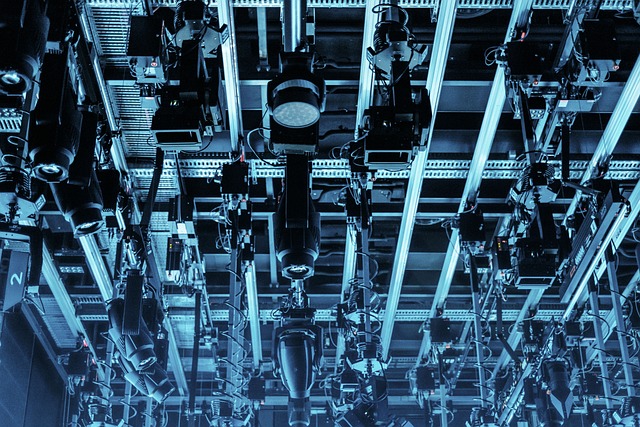Introduction: Merging Biology and Electronics
Neural interfaces represent a critical intersection of medicine and engineering, holding immense potential for restoring lost sensory or motor functions, treating neurological disorders, and deepening our understanding of the brain. However, traditional rigid implants often struggle with biocompatibility, triggering immune responses and failing to match the soft, dynamic nature of neural tissue. Bio-integrated electronics (BIEs) offer a transformative solution. Designed to function like a 'second skin' for the nervous system, BIEs utilize advanced materials and fabrication methods to seamlessly integrate with biological tissues, reducing adverse reactions and significantly improving long-term performance for more reliable neural recording and stimulation.
Overcoming Biocompatibility Challenges
A major hurdle for implanted devices is achieving durable biocompatibility. The body's natural defense mechanisms often identify conventional implants as foreign, leading to inflammation and the formation of scar tissue (gliosis). This encapsulation physically separates the device from target neurons, degrading signal quality and hindering functionality. BIEs tackle this by employing inherently biocompatible materials – flexible foundations (like PDMS), insulating layers (like Parylene), and conductive pathways (like PEDOT:PSS). Furthermore, surface engineering techniques can modify device surfaces to encourage nerve cell integration while minimizing the immune response, creating a more harmonious and functional interface.
# Conceptual example of surface modification for biocompatibility
# Note: This is a simplified simulation, not actual chemistry.
import numpy as np
def modify_surface_biocompatibility(surface_material, modification_agent):
"""Simulates modifying a surface to potentially enhance biocompatibility."""
print(f"Applying {modification_agent} to {surface_material} surface.")
# Placeholder for complex surface chemistry simulation
if surface_material == "Silicon" and modification_agent == "Peptide Coating":
modified_surface = "Bioactive Silicon"
print("Surface modification simulated successfully.")
return modified_surface
else:
print("Modification conditions not met in this simulation.")
return surface_material
surface = "Silicon"
agent = "Peptide Coating"
modified = modify_surface_biocompatibility(surface, agent)
print("Resulting Surface:", modified)Advanced Materials and Fabrication

The success of BIEs hinges on cutting-edge materials science and micro/nanofabrication. Materials must be soft, flexible, and often stretchable to conform intimately with the brain's intricate structures and accommodate natural movements without causing damage. This requires polymers, thin metal films, and composites engineered to mimic tissue mechanics. Fabrication employs techniques adapted from semiconductor manufacturing, like photolithography, alongside newer methods like microfluidics and 3D printing, but applied to these soft, body-friendly materials. For instance, creating intrinsically stretchable conductors (e.g., silver nanowires in elastomers) is crucial for maintaining electrical function during tissue deformation. Device performance under strain is often characterized by the gauge factor (GF): `Gauge Factor (GF) = (ΔR/R₀) / ε` Where ΔR is the change in resistance, R₀ is the initial resistance, and ε represents the applied strain.
Transformative Applications
Bio-integrated neural interfaces promise breakthroughs across various medical fields: * **Brain-Computer Interfaces (BCIs):** Enabling individuals with paralysis to communicate or control devices using higher-resolution neural signals for more intuitive interaction. * **Neuromodulation:** Providing targeted electrical or chemical stimulation to treat neurological disorders like Parkinson's disease or epilepsy with potentially greater precision and fewer side effects. * **Neural Recording:** Facilitating long-term, high-fidelity monitoring of brain activity for diagnosing conditions and advancing neuroscience research. * **Prosthetic Control:** Allowing for more natural and seamless control of advanced prosthetic limbs by directly interpreting neural commands.
Current Challenges and Future Horizons

Despite rapid advancements, significant challenges remain. Ensuring the long-term stability and functional lifespan of BIEs within the complex biological environment is paramount. Powering implanted devices wirelessly and efficiently poses another hurdle. Further research is essential to refine signal processing and machine learning algorithms for accurately decoding complex neural activity. Scaling up manufacturing processes to make these sophisticated devices widely accessible is also critical. Future work focuses on developing fully implantable, potentially biodegradable, wireless BIEs, perhaps powered by bioenergy harvesting for autonomous operation. Innovations in materials, closed-loop neuromodulation systems (that sense and stimulate adaptively), and careful consideration of the ethical implications surrounding advanced neural interfaces will shape the trajectory of this exciting field.